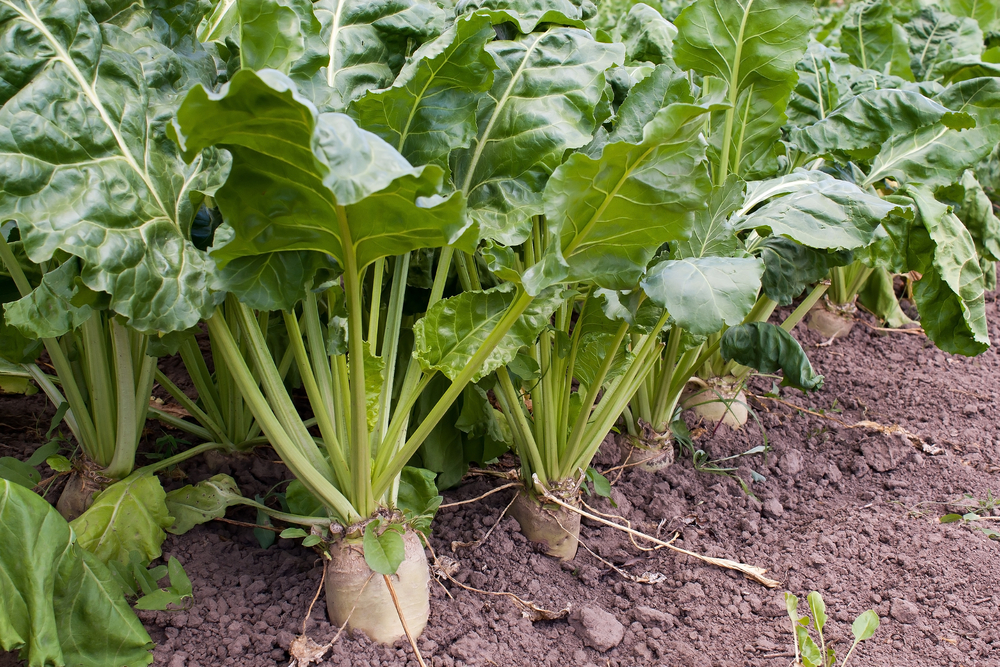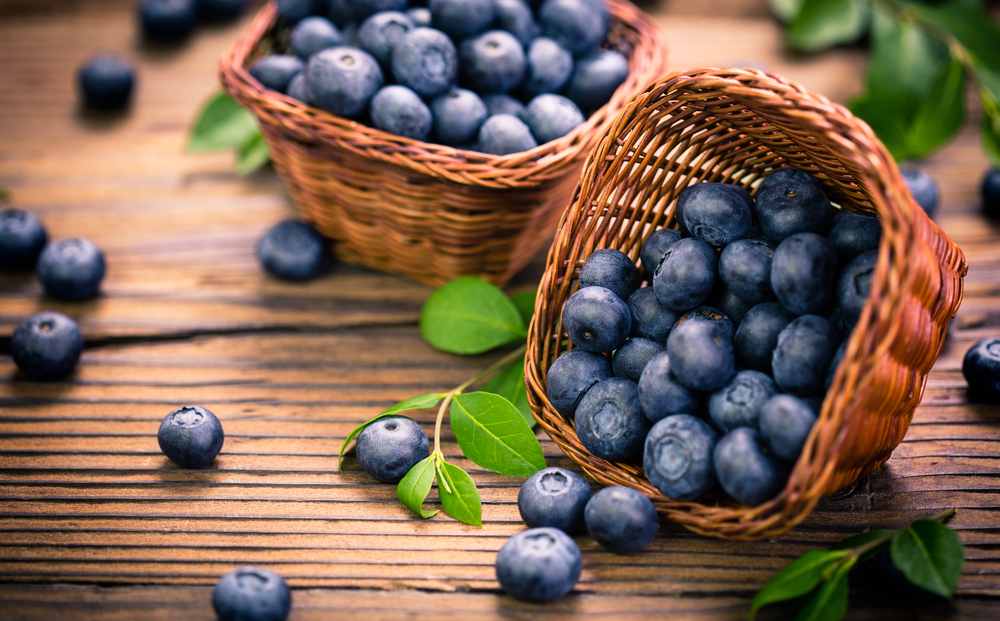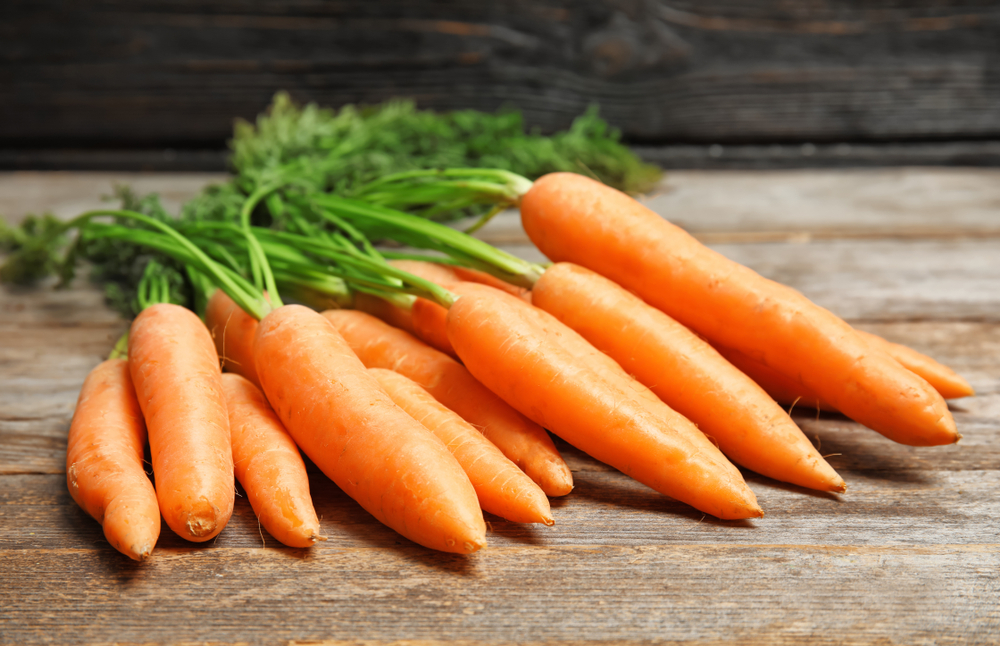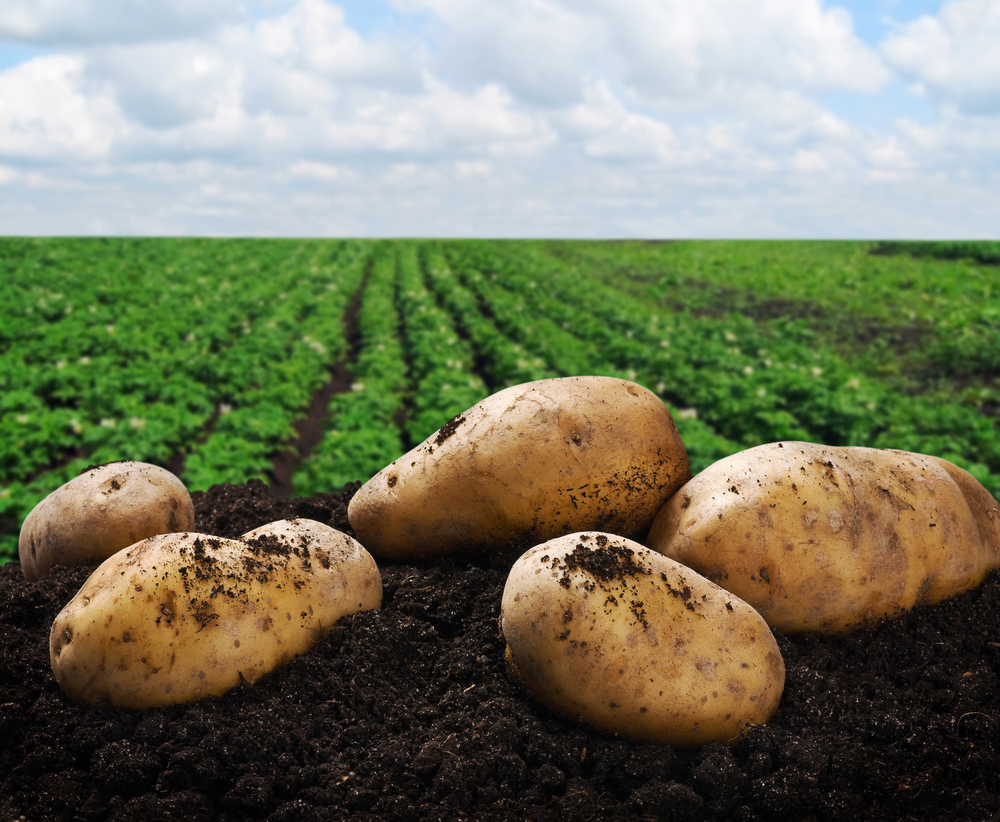As one of the most agriculturally diverse states in the nation, Michigan farmers produce more than 300 different commodities. The state is home to over 50,000 farms and nearly 10 million acres of farmland. The food and agriculture industry has used the land to contribute more than $100 billion annually to the state’s economy. Michigan has long been a leader in agriculture, evidenced by the 1855 founding of Michigan State University as the first agricultural college in the United States.
The state’s field crops include corn, soybeans, Christmas trees, sugar beets, wheat, and hay, as well as floriculture such as flowers and shrubs for nurseries and greenhouses. Other prominent crops include apples, asparagus, carrots, bell peppers, celery, cherries, onions, potatoes, cucumbers, blueberries, cabbage, chestnuts, and more. Beef, dairy, eggs, and pork also are important parts of the state’s agricultural offerings.
Michigan's top food-related agricultural products in rank order by value are as follows:
Dairy
As one of the nation’s top dairy-producing states, Michigan has around 1,500 dairy farms, caring for more than 420,000 cows. In fact, milk in Michigan is always local as its dairy farmers produce enough milk to supply the entire state. Michigan-made ice cream is a treat sought by many. In addition to small creameries, Hudsonville Ice Cream has called Michigan home since 1895, as well as Stroh’s Ice Cream since 1919.
Beef Cattle
In addition to dairy cows, Michigan has a herd of around 120,000 beef cows. Located throughout 80 of the state’s 83 counties, there are about 13,000 cattle farms and ranches. Those cattle support 33 percent of the state’s demand for beef. Historically a family business, more than 97 percent of all beef cattle operations remain family-owned and operated.
Hogs
Like cow farms, most hog farms also are family-owned and have remained in the same families for generations. With more than 2,500 hog farmers in the state, more than 2 million market hogs are raised each year. The value of hogs produced by Michigan hog farmers exceeds $500 million annually.
Corn
Often used as animal feed, field corn is Michigan’s most abundant crop. Covering more than 2 million acres, corn fields are a common sight in the central and southern third of Michigan’s Lower Peninsula, which is considered part of the Midwest’s, “Corn Belt.” Corn is harvested sometime between late September and November depending on the amount of rainfall received. The majority of Michigan’s corn is exported, with the remainder used for animal feed and ethanol fuel.
Asparagus
Michigan is a top producer of asparagus in the United States, second only to California. As one of the first crops to appear in the spring, asparagus season runs from April through June. Growers harvest approximately 9,000 acres annually, yielding up to 23 million pounds of asparagus each year. The majority of Michigan asparagus is grown near the shoreline of Lake Michigan, where moderate temperatures and sandy soil conditions favor its cultivation. The state’s crop is hand-snapped above the ground, unlike asparagus from other states. This method is said to result in a more tender and flavorful product.
Potatoes
Michigan also is a leading producer of potatoes—specifically potatoes used to make potato chips. Many of the state’s potato farmers have contracts to supply potatoes to Lay’s brand potato chips. Most Michigan potatoes are grown in the Upper Peninsula and Montcalm County, which leads the state as the largest potato-producing county.
Apples
When it comes to fruit, western and northern Michigan lead the state in the production of apples, which are harvested August through October. More than 800 family-run apple orchards can be found throughout the state, with more than 11 million apple trees covering about 35,500 acres. It’s been said that Michigan slices more apples than any other state. They are used in pies and sold as fresh-cut slices. Of all the state’s apples, about 55 percent are made into other products such as applesauce, cider, juice, and vinegar.
Cherries
In addition to apples, another fruit grown in Michigan is cherries. Seventy-five percent of the nation’s tart cherries and 20 percent of sweet cherries come from Michigan. The majority are grown in the northwest counties of the state. The area is so well-known for its cherries that Traverse City hosts an annual National Cherry Festival. Michigan is the largest regional producer of Montmorency tart cherries, a unique variety known as America’s superfruit due to its high levels of disease-fighting antioxidants. Although fresh cherries are only available from late June through August, processed cherries can be enjoyed year-round canned, frozen, dried, or as juice.
Article written for World Trade Press by Brielle Burt.
Copyright © 2018-2025 World Trade Press. All rights reserved.
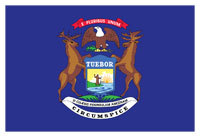 Michigan Food Culture and Recipes
Michigan Food Culture and Recipes 
